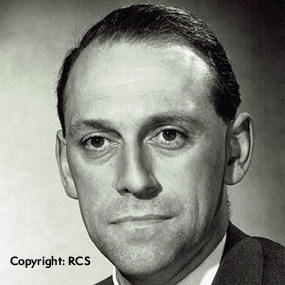Obituary - Dr John Francis Nunn

07/11/1925 to 09/05/2022
John Nunn died after an acute episode of respiratory failure. He had spent the last 4 years of his life in residential care due to progressive vascular dementia.
John read medicine at Birmingham University, during which period he developed passions for climbing and geology. On graduation he went to Svalbard on a geological expedition as medical officer and “rock carrier”.
He returned to Birmingham to undertake his house jobs and having married in 1949 went to Penang in lieu of conventional national service. There he became an anaesthetist, learning the art by hands-on experience and the science by correspondence with seniors back home.
A month after returning to Birmingham he passed the DA and soon transferred into a research post. Thence he moved to the Royal College of Surgeons’ new anaesthetic research department under Professor Woolmer.
In 1964 he was invited to be Foundation Professor at the University of Leeds. He accepted this on the basis of its being a temporary arrangement pending the opening of the Clinical Research Centre at Northwick Park Hospital, where in 1968 he became Head of the Division of Anaesthesia.
In 1969 the first edition of “Applied Respiratory Physiology” was published. The text of this was submitted for the degree of MD.
He was elected Dean of the Faculty of Anaesthetists in 1979, working out of two rooms in the Royal College of Surgeons in Lincoln’s Inn Fields. A far cry from Churchill House!
He later served as President of the Section of Anaesthetics at the RSM and as vice-president of the AAGBI.
After retirement in 1991, John was able to devote more time to his expanding family and his love of geology. These combined with the purchase of a cottage in Swanage where grandchildren flourished and he undertook a stratigraphic survey of Durlston Bay. This was published by the Association of Geologists and netted him the Richardson Award, a first for an amateur geologist. He was later elected Fellow of the Geological Society.
20 years of evening classes at the British Museum rendered him fluent in Egyptian hieroglyphics. In 1996 “Ancient Egyptian Medicine” was published, followed in 2005 by the hieroglyph version of “The Tale of Peter Rabbit”.
John’s researches and publications, latterly in the field of global warming, continued until 2006.
His beloved wife Sheila pre-deceased him in 2018. He is survived by three children, seven grandchildren and (so far) 5 great grandchildren.
Geoffrey Nunn
